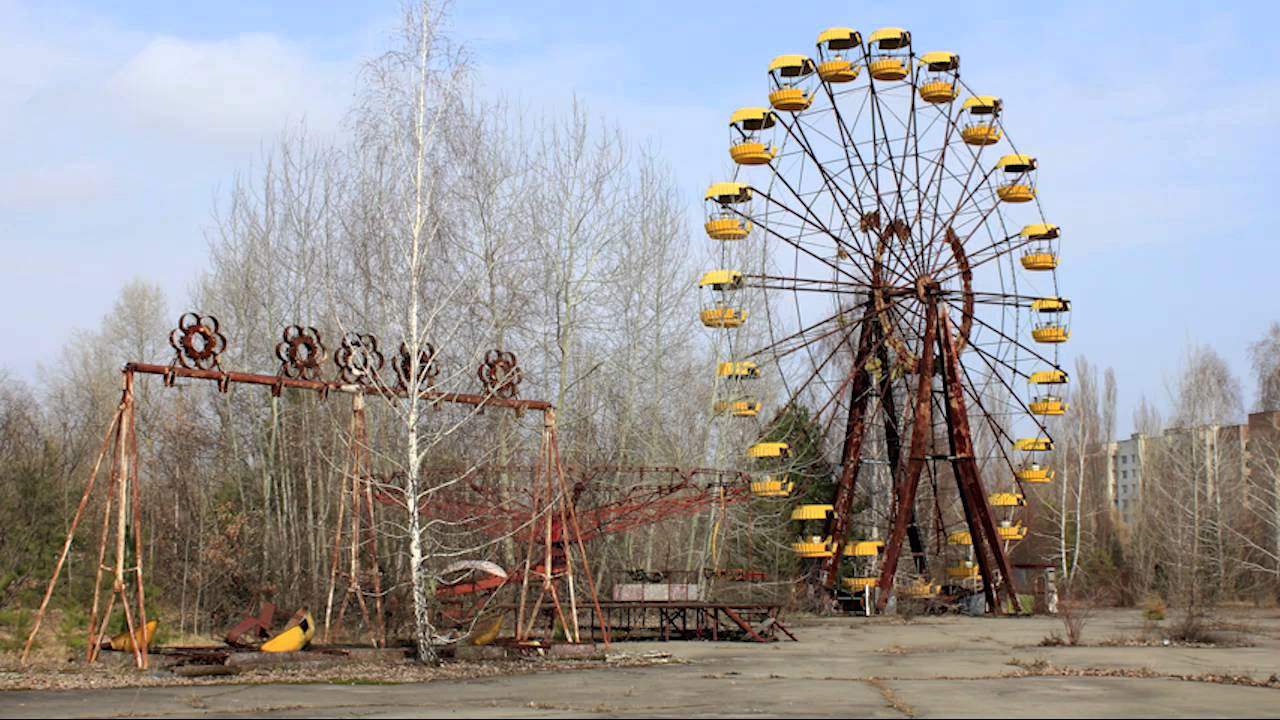The Chernobyl disaster was a horrifying nuclear accident that happened in 1986, in the Ukraine, a country then under the control of the Soviet Union. This accident caused 31 deaths, cost 18 million rubles (about 245,000 USD), and the long-term effects on those who were exposed are still being researched.
On April 26th, 1986, one of the reactors at the Chernobyl nuclear plant had a sudden increase in power, which led to an explosion and the dispersal of catastrophic amounts of nuclear material in the area and the atmosphere.
The explosion started an enormous fire but, in the chaos, the responding firefighters to the scene were not aware of the dangers they were up against. Despite the hazardous materials that were present, the firefighters contained the flames to inside of the reactor within five hours.
The people who lived near the power plant were completely unaware of the fire and the potential aftermath, but within hours of the explosion, they suddenly began to fall ill from exposure to the nuclear materials. By 3 PM, about eight hours after the fire was contained, 53,000 people were successfully evacuated from the area.

11) The Chernobyl Disaster is the worst man-made catastrophe in history and is just one of two events classified as Level Seven in terms of cost and casualties.
10) 800,000 men risked their lives by exposing themselves to radiation in order to contain the situation. 25,000 of these have died and 70,000 are disabled.
9) The animals living around Chernobyl, such as wolves, deer, and boars, have had few negative effects as a result of the nuclear disaster and they thrive in large numbers without the presence of humans.
8) Researchers from the Albert Einstein School of Medicine took samples of mold and fungi that were growing on the walls of the Chernobyl power plant and found that certain fungi have the capacity to use radioactivity as an energy source for making food and spurring on their growth.
7) The Chernobyl Nuclear Power Plant Sarcophagus is a project with the purpose to contain 200 tons of radioactive corium, 30 tons of highly contaminated dust, and 15 tons of uranium and plutonium.
6) As of right now, radiation levels are still so high that the workers responsible for repairing the Sarcophagus are only allowed to work five hours a day for one month before taking 15 days of rest.
 5) Despite the fact that scientists estimate the area won’t be safe for humans for another 20,000-48,000 years, in 2011 tours began to take excursions there, to educate travelers about the Chernobyl Disaster.
5) Despite the fact that scientists estimate the area won’t be safe for humans for another 20,000-48,000 years, in 2011 tours began to take excursions there, to educate travelers about the Chernobyl Disaster.
4) If the trees around Chernobyl, that are still contaminated with radioactive material, ever caught fire, the smoke would spread the radioactive material for miles.
3) The Elephant’s Foot is a solid mass of melted nuclear material, including concrete and sand, in the basement of the facility. This mass is one of the most dangerous things in the world, omitting 10,000 roentgens per hour, meaning that within 30 seconds of exposure you would begin to feel dizzy and nauseous, with certain death within about 8 minutes.
2) The Samosely (or self settlers) are illegal residents of the Zone of Alienation surrounding the most contaminated areas around Chernobyl. These people moved back to the area after the disaster and have been there ever since. As of 2007 the average age of the Samosely was 63.
1) 85 percent of Belarusian children are deemed to be Chernobyl victims who carry genetic markers that could affect their health at any time and can be passed on to the next generation. More than one million children still live in contaminated areas outside the Zone of Alienation.


